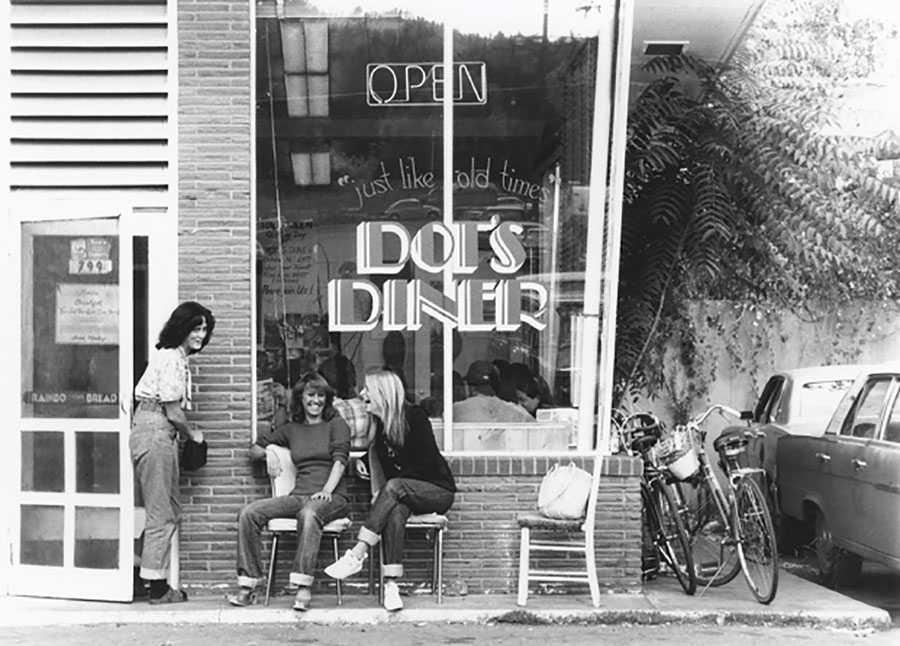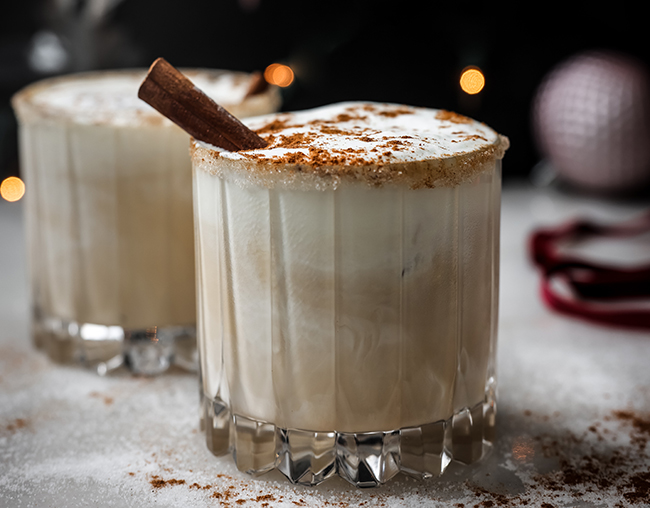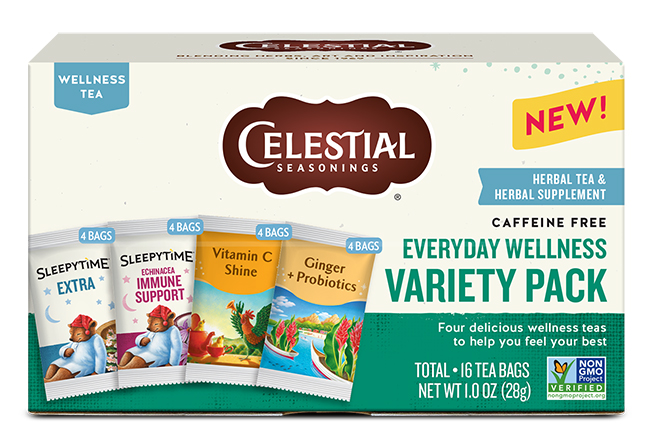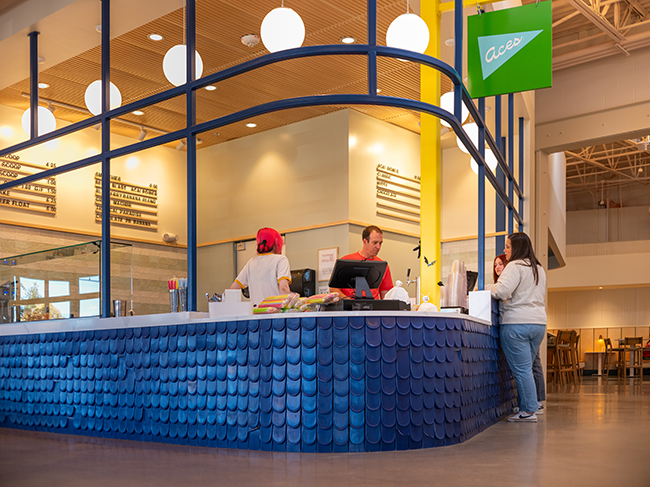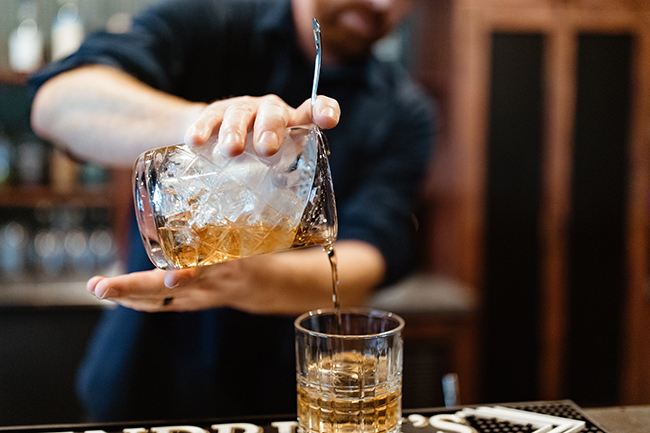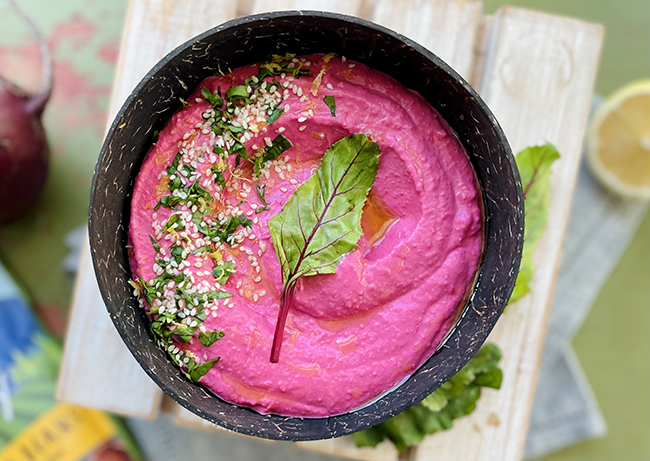Forty Years of Nibbling
02 Aug 2014
Forty Years of Nibbling
By John Lehndorff | photos by Jennifer Peters Johnson
If you picked a pair of typical young foodies at a Boulder bistro and sent them back to Boulder in the mid-1970s, they might not recognize the place. Besides the absence of debit cards, bike lanes and yoga pants, these time tourists would be boggled by the lack of coffee shops. Sure, you could get a cup of joe at Dixie Cream Donuts, but The Gondolier (now Khow Thai) was one of the only places serving espresso.
If they asked for a “local” brew, the bartender would bring them a cold Coors Banquet, a regional beer that inspired Midwesterners to drive here just to bring home a few cases. Our foodies would have been appalled to see a cigarette-smoke cloud wafting through most Boulder restaurants, even when children were present. The nonsmoking “section” was typically just a couple of tables without ashtrays.
Being vegetarians would mean they’d be considered a little weird and quite possibly hippies. Except for the brown rice and lentils at the celebrated Carnival Café, meatless menu choices were limited to baked potatoes and omelettes. The Walrus would open the first salad bar soon (in a boat), but kale only appeared as a garnish. There were no farmers’ markets, teahouses or pho to be found.
All-American
This was the Boulder I discovered as a 22-year-old visitor in 1976. Pearl Street had just been dug up to make some kind of “mall.” It wasn’t obvious yet that Boulder would become a hot dining destination or the Silicon Valley of natural foods.
It also wasn’t apparent that I would end up chronicling Boulder’s food renaissance. I spoke “gourmet,” but like most of the 20-somethings who migrated here, I was less interested in cuisine than in love, live music and cool bars. Besides, Boulder had Mork from Ork, great weather, and famous poets who sipped borscht at the New York Deli. I decided to stay, and got work in restaurant kitchens.
There were a handful of special-occasion restaurants—the places you took your parents—including the Flagstaff House and the Red Lion Inn. At the Greenbriar Inn, I toiled as a “pantry boy” prepping baked Alaska and oysters Rockefeller.
The ethnic dining choices were a little limited. There was the Peking Restaurant for Chinese-American, and Tico’s and Señor Miguel’s for Mexican. It would be some years before Thai, Ethiopian, Tibetan and Salvadoran eateries opened in Boulder, but the Indo-Ceylon Restaurant was dishing up exotic South Asian fare and Magdelena’s served Dutch favorites like hutspot stew.
From bratwurst and killer hot potato salad at Don’s Cheese and Sausage to ribs and brisket at Daddy Bruce’s Bar-B-Que, the favorite cuisine in our rapidly growing college/high-tech town was American. Local favorite Round the Corner was cutting edge: You ordered burgers from a telephone set in each booth. That, and the music (and hats!) at Fred’s Steakhouse, were the start of food-as-entertainment in Boulder. The ultimate example was Bananas (now Casa Alvarez), an eatery whose oddly named menu items—like “My Old Kenturkey Home,” a hot sandwich—were matched only by the thoroughly goofy design. I still miss Furr’s Cafeteria and passing my then infant son, Hans (now 20), back and forth across the table between bites of happily bland fare.
The Age of Ferns
The late ’70s was the golden age of the fern bars, ranging from JJ McCabe’s to The Walrus, Potter’s, Pearl’s and Pelican Pete’s; they all served casual fare. Brunch became an every-weekend occasion embraced at places like Nancy’s Restaurant and Dot’s Diner. You could have your wake-up meal big, loud and messy at The Aristocrat Steakhouse or a tad fancier at Fleur de Lis in the Hotel Boulderado. I made my contribution by baking thousands of blueberry muffins at Vicki’s (now Lucile’s).
Ferns and the aroma of spiced tea decorated The Good Earth Restaurant, which tapped a growing desire for a more comfy natural-foods dining experience. It later became The Harvest and now is Turley’s.
Beer snobs like me who were sipping Heineken soon had a series of “aha!” moments. The first was the opening of the Boulder Beer Company, which introduced the novel idea of truly local ales. The next was the debut of the Great American Beer Festival at the Hilton Harvest House (now the Millennium Hotel) and a game-changing glimpse of craft brews to come. The dawn of restaurant beer lists, notably the 100-beer menu at the first Old Chicago (formerly Walt & Hank’s), added to local brew sophistication.
Gradually Boulder’s nascent food scene was growing up. As interest grew in scratch cooking and ingredients that were healthy for people as well as the planet, gourmet stores like Essential Ingredients and The Peppercorn thrived.
A Toast!
Health food already had a long history here, including the Sanitary Bakery and New Age Foods. A succession of funky markets starting with the Green Mountain Grainery (at Ninth and Arapahoe) led to the Pearl Street Market, which led the way to Alfalfa’s Market, Wild Oats Market, Sunflower Market and Lucky‘s Market. These institutions impacted the way natural foods are sold across the nation, as have local food products from Celestial Seasonings herbal teas to Rudi’s Bakery bread and White Wave tofu.
The fringe movement toward sustainable food and communities that began in the 1970s has become mainstream. Boulder is home to Community Food Share and Boulder Food Rescue as well as chef Ann Cooper’s healthy school-lunch initiative and the Learning Gardens school garden project supported by The Kitchen. Boulder was one of the first American cities to form a Slow Food “convivium” or chapter. The strictly local Boulder County Farmers’ Market is now regarded as the best farmers’ market in the state and one of the finest in the nation.
After three decades or so writing and talking about local food, I sometimes blur Boulder’s culinary present and past. I was eating a burrito at Illegal Pete’s (Pearl and 15th) but thinking about working there as a cook when it was Café Circolo. The marinara sauce there kept turning bad overnight, so a shaman was enlisted to clear the space. It seemed to calm the ghosts. A few years later I made omelettes (only $1.95 each) when the space became the Heartland Café, and ate moo-shu pork when it was Golden Mountain Chinese Restaurant. I look at The Attic Bistro, open a decade now on Walnut Street, and flash back to Scornavacco’s, Molly’s Back Room (where I first heard Hot Rize, the legendary bluegrass band, perform), and Hunan Garden.
So let us raise a glass of Boulder-made vodka, mead, wine or kombucha to the pioneers: chefs like John Bizzarro, Jim Smailer and Antonio Laudisio, farmers like John Ellis, and all the bakers, homebrewers, chocolatiers, cooking teachers, wine sellers, coffee roasters, cheesemongers, restaurateurs and activists who’ve made this such a remarkable place to eat. As for Boulder’s food future, only one thing is certain: In 40 more years, someone like me will wonder how we survived here under such primitive culinary conditions.
[divider]John Lehndorff was the Daily Camera’s food editor and the dining critic at the Rocky Mountain News. He taught Conceptual Cooking at the Boulder Free School, judged at the National Pie Championships, and cooked at the Good Taste Crêpe Shop and Yocom’s Studio Restaurant. He hosts Radio Nibbles at 8:25 a.m. Thursdays on KGNU (88.5 FM).
Jennifer Peters Johnson took these photos for Boulder Magazine in 1978 and 1979.


